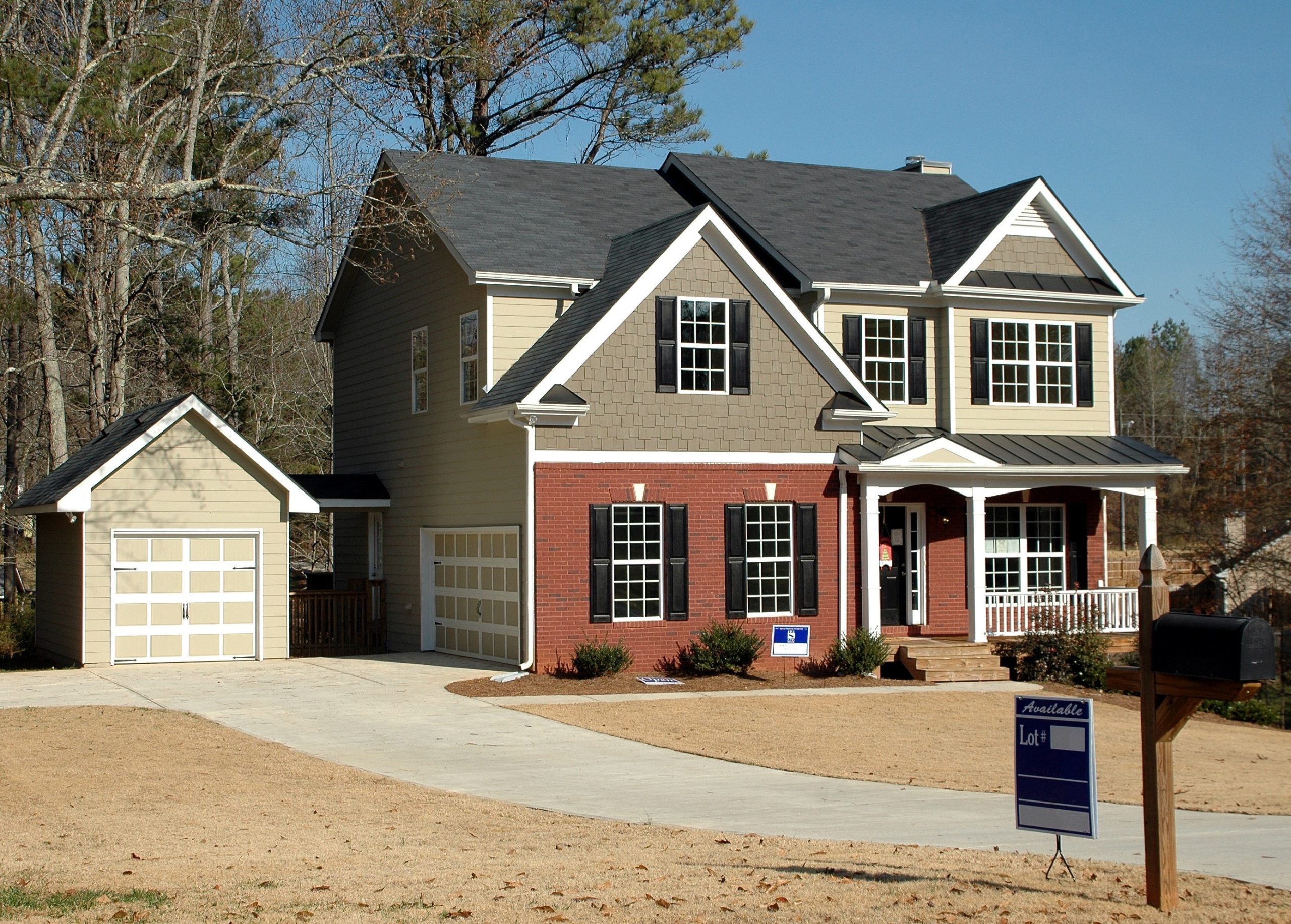
The Impact of Location on Property Value: What to Consider
Introduction
When it comes to real estate, the famous adage “location, location, location” couldn’t ring truer. The location of a property plays a significant role in determining its value and long-term investment potential. Whether you’re buying a home for yourself or looking to make a profitable investment, understanding the impact of location on property value is crucial. In this blog post, we will explore the key factors that influence property value based on its location and what you should consider before making a real estate decision.

Location, Location, Location
Location is everything. It’s the most important factor in determining the value of a property and can be a deal breaker. If you’re going to buy an investment property, location should be at the top of your list when considering which one to purchase.
Location can also make or break a deal on an existing house or condo that you’re looking to sell–even if it’s just next door! A home with a great view will always attract more buyers than one without one; this is why some homeowners are willing to pay more for properties with water views over ones without them even though they may have similar square footage and amenities inside their homes (or lack thereof).
Neighborhood Quality and Safety
One of the most critical factors affecting property value is the quality and safety of the neighborhood. Buyers and investors are often willing to pay a premium for properties situated in safe and well-maintained neighborhoods. Factors such as low crime rates, access to good schools, nearby amenities, and well-kept public spaces all contribute to the overall desirability of a location.
Before purchasing a property, research the neighborhood thoroughly. Visit at different times of the day and talk to current residents to get a sense of the area’s safety and overall community atmosphere. A neighborhood’s desirability can be defined by a number of factors, including:
- Safety. Are there many crimes committed in the area? Are there shady characters lurking around? These are things to consider when determining if a neighborhood is safe.
- Amenities. When thinking about what amenities are available in your desired neighborhood, consider things like grocery stores and restaurants (making it easier for you to get food), parks (where you can go for walks), public transportation options (for commuting), etc..
- School quality/rating system. If you’re planning on having children one day, then this will likely be something worth looking into as well!
Proximity to Essential Services
Properties located near essential services and amenities tend to be more valuable. Consider the distance to grocery stores, medical facilities, public transportation, and recreational areas. A convenient location can greatly enhance the appeal of a property, making it more attractive to potential buyers or renters.
Economic Growth and Job Opportunities
The economic vitality of an area is a significant driver of property value. Cities or regions experiencing strong economic growth and job opportunities often see a surge in property demand and value. Thriving industries, major employers, and expanding infrastructure can all contribute to the appreciation of real estate prices.
Check local economic reports and employment statistics to gauge the area’s economic health before making a property investment.
Transportation and Accessibility
Good transportation links and accessibility are vital factors in property valuation. Proximity to major highways, public transportation, and airports can significantly impact a property’s desirability. Easy access to transportation hubs makes commuting more convenient, which appeals to both homeowners and tenants.
Environmental Factors
Environmental elements can influence property value. A beautiful view, proximity to natural attractions, or a peaceful setting can enhance a property’s worth. On the other hand, factors like flood zones, excessive noise pollution, or proximity to industrial areas may negatively affect property values.
Research the area’s environmental conditions and consider any potential risks or benefits associated with the location.
Future Development and Urban Planning
Investigate the local city or town’s urban planning and development projects. New infrastructure, commercial centers, or public spaces planned for the future can have a positive impact on property values. However, excessive development or undesirable zoning changes might lower property prices.
Stay informed about local government plans and initiatives to assess how they might influence the property’s long-term value.

New Construction vs. Rehab
When you’re looking to buy, it can be tempting to go with new construction over a rehab because of the higher price tag. However, there are many advantages that come with buying an older property and fixing it up yourself. For example:
- New homes are more expensive than existing ones. This means that if you purchase an older home and do some upgrades yourself (like installing new windows or plumbing), your overall costs will be lower than if you had bought a brand-new one from the ground up.
- Rehabbing is more energy efficient than building from scratch because it uses less materials–and thus produces less waste–in order to achieve comparable results in terms of comfortability and safety. The fact that these houses were built before modern standards were enforced means they’re often not equipped with things like insulation or double-paned windows; rehabbing allows homeowners who want these features available now without breaking their budgets by paying for all those improvements upfront when buying an already completed structure.* Rehabbing also increases security by making use of older designs which feature solid doors instead of hollow ones made out glass panes; these types tend not only last longer but also make them harder targets for break-ins since criminals know exactly how much force would need applied before breaking through glass would become necessary.*
Conclusion
Location is a critical factor that can make or break a property’s value and potential for growth. Carefully researching and understanding the impact of location on property value will help you make informed real estate decisions. Consider factors such as neighborhood quality, proximity to essential services, economic growth, transportation links, environmental conditions, and future development plans. By doing so, you can position yourself to make a sound investment or choose the ideal home that aligns with your lifestyle and financial goals.